When I walked into the Museum of Ancient Olympia, I figured I knew the drill: some old statues, detailed pottery, maybe a few dusty Greek legends. But I was wrong. The artifacts weren’t just stuck behind glass—they felt alive.
Those sculptures at Olympia really got to me. I didn’t expect them to feel so personal, almost like the ancient world was right there, close enough to reach out and touch.
Each room drew me in, deeper and deeper, into stories of athletes, gods, and regular people from thousands of years back. I could spot the marks left by ancient tools and started imagining the artists working away.
It wasn’t just about seeing history. Standing there, I felt this odd connection to people who’d lived so long ago. Their emotions, their lives—it all felt weirdly close.
If you’re ever anywhere near ancient Olympia, don’t skip the museum. It’s not just objects on shelves. It’s an experience that sticks with you.
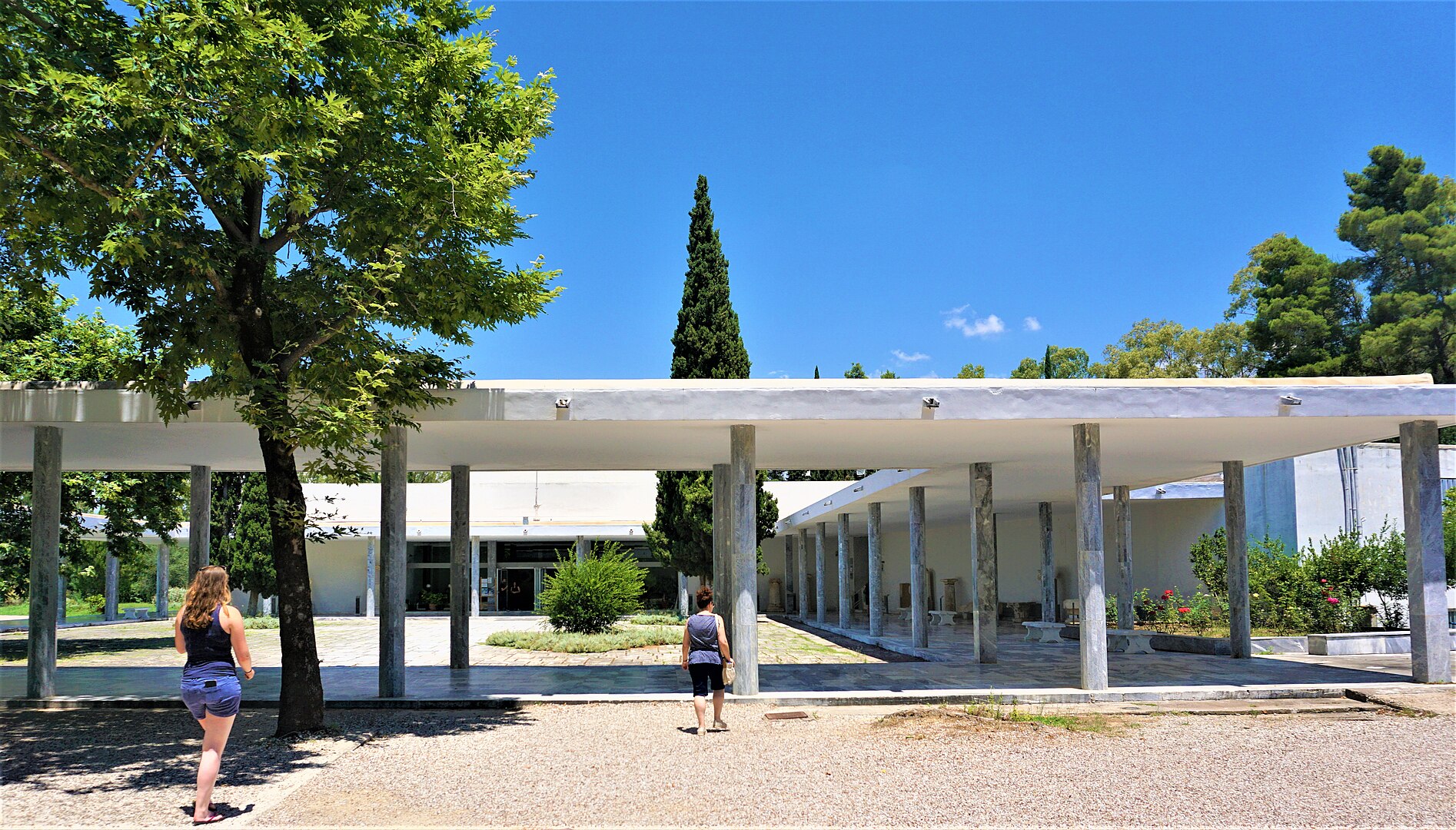
Arriving at the Museum of Ancient Olympia
I stepped into the Archaeological Museum of Olympia in Greece and immediately sensed a living thread linking us modern visitors to the ancient world. The air held the weight of Greek history, but the place buzzed with energy from the site’s surroundings.
First Impressions of Ancient Olympia
As I walked toward the museum, I passed along narrow paths lined with wildflowers and old stone. The air felt warm and still, but there was a kind of charge in it I didn’t expect.
From the ticket booth, I could already see the famous ruins in the distance. Locals and tourists mingled, creating a gentle buzz that made the place feel both relaxed and important.
Signs pointed out the big sights: the museum, ancient temples, and the olive groves threading through the area. The air carried a faint scent of grass and stone—somehow both new and familiar.
With each step, my anticipation grew. I realized this wasn’t just another tourist stop—it was a crossroads where ancient and modern life meet.
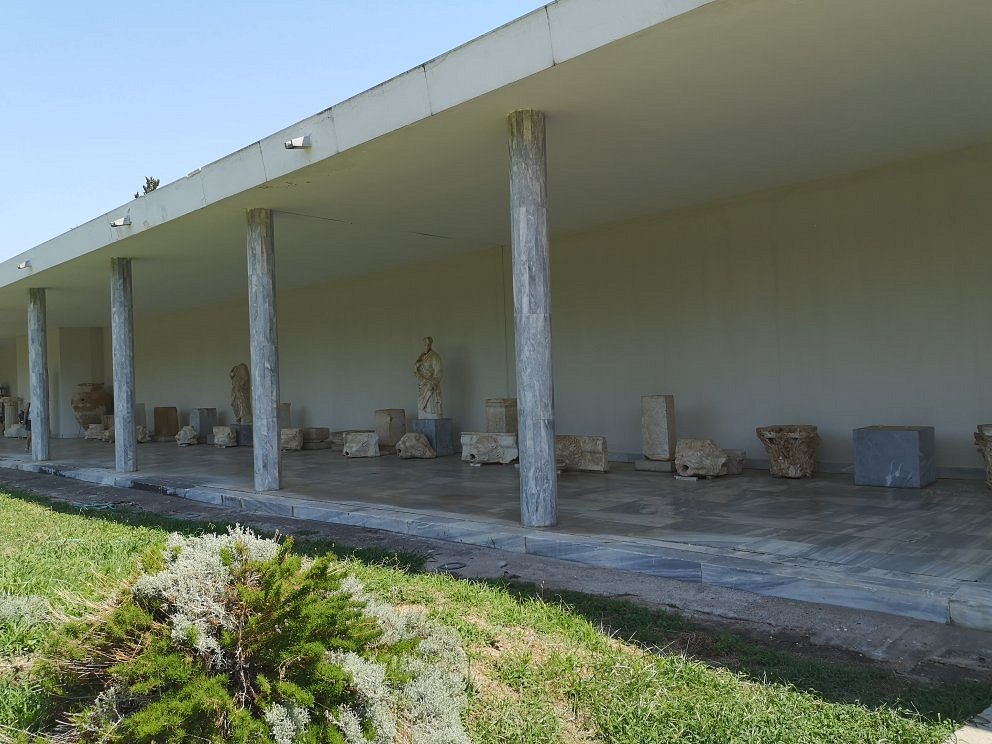
A Sense of Place and Ancient History
Standing at the museum’s entrance, I started picturing all the generations who’d walked these grounds before me. Ancient athletes, archaeologists with their brushes—it was hard not to imagine them.
The Archaeological Museum sits just beyond the heart of Olympia’s ruins. I could pick out the outlines of famous landmarks—the Temple of Zeus, the old Olympic stadium, and the remains of the Palestra where athletes trained.
Nothing felt hidden behind ropes or glass. Some ruins seemed close enough to touch. There was no mistaking where I was.
Olympia felt like it had a purpose, like history was always there under your feet. I realized I wasn’t just a visitor; I was a witness, standing right on the edge of something that shaped Greece.
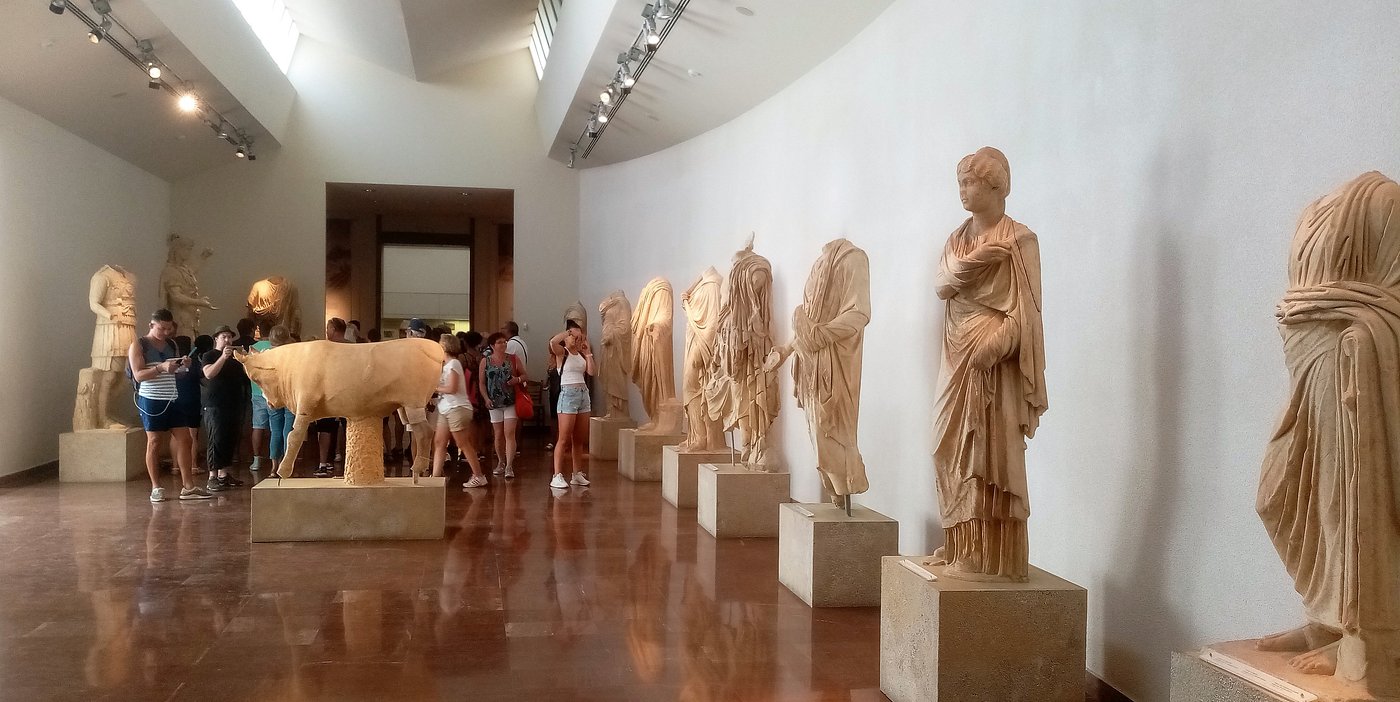
The Setting Among Temples and Olive Groves
One thing that really struck me about Ancient Olympia was the setting. The museum sits in a landscape painted with olive and pine trees.
Everything’s green, dotted with wildflowers, and wrapped in the shadows of ancient temples. The Temple of Zeus is especially close, which makes the whole scene feel powerful.
I could almost see ancient worshippers walking through the groves with offerings, or athletes getting ready for the early Olympic Games. The gardens and outdoor spaces around the museum let me slow down and really notice my surroundings.
That mix of nature, ruins, and the museum building gave me a sense of peace—and a quiet kind of awe—even before I went inside.
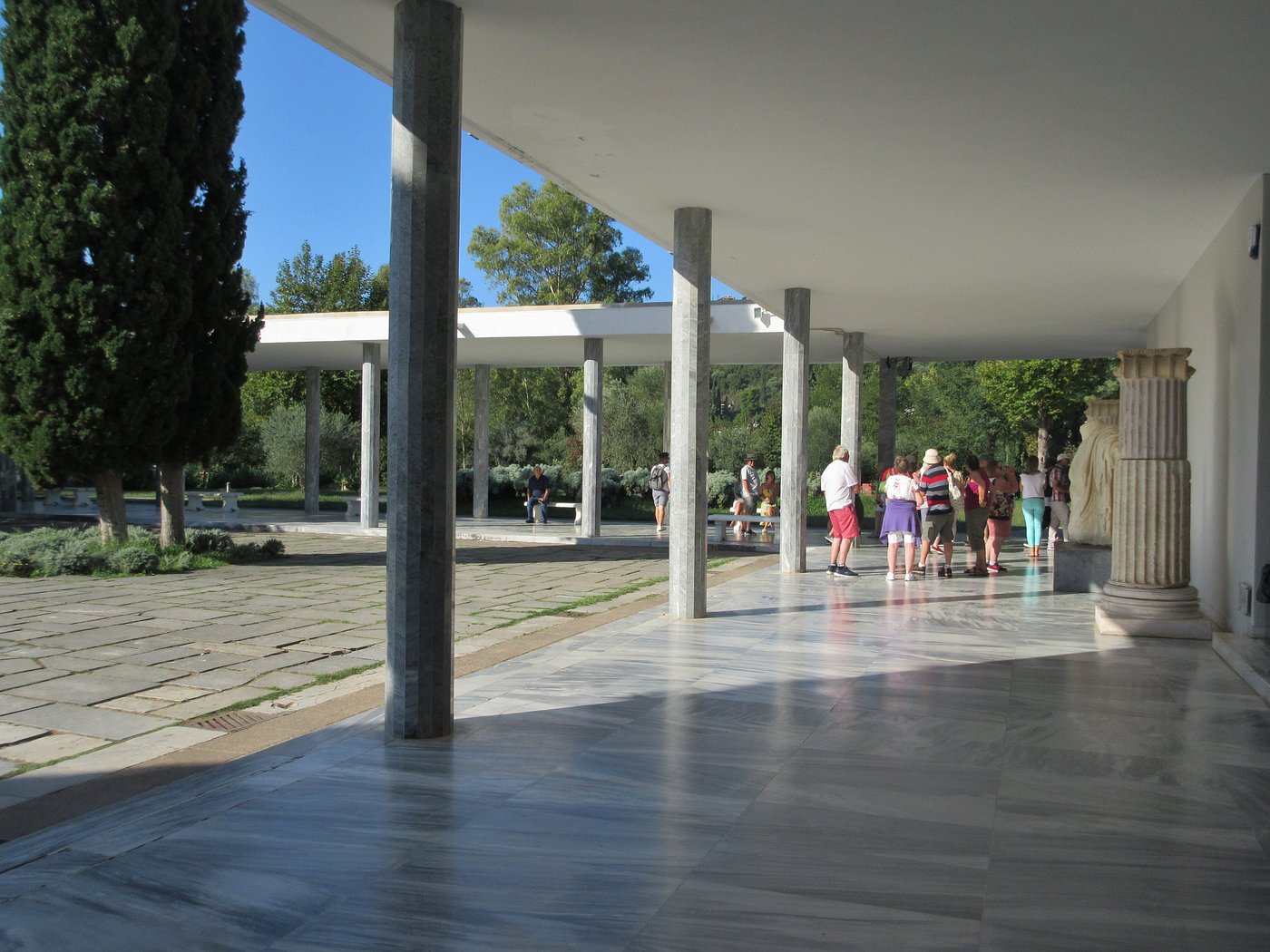
Sculptures That Stole My Breath
Inside the Museum of Ancient Olympia, I found myself face-to-face with sculptures that made history feel real. Marble and bronze masterpieces from ancient Greece showed off both power and beauty, and I felt a strange connection to a world long gone.
The Legendary Temple of Zeus Statues
The statues from the Temple of Zeus didn’t just stand out because they’re huge. Their details and backstories are what really grabbed me.
I stood before fragments of Zeus and Hera, trying to picture the original temple and how these figures once looked down at crowds of worshippers. The sense of purpose in these statues is something you can’t miss.
Zeus, king of the gods, radiates strength and calm. Hera looks regal and proud. The chariot race pediment—with Apollo at the center—makes the energy of the games come alive.
A nice touch: the museum labels most pieces in Greek and English. If you want to get up close, try coming early in the morning when it’s quieter.
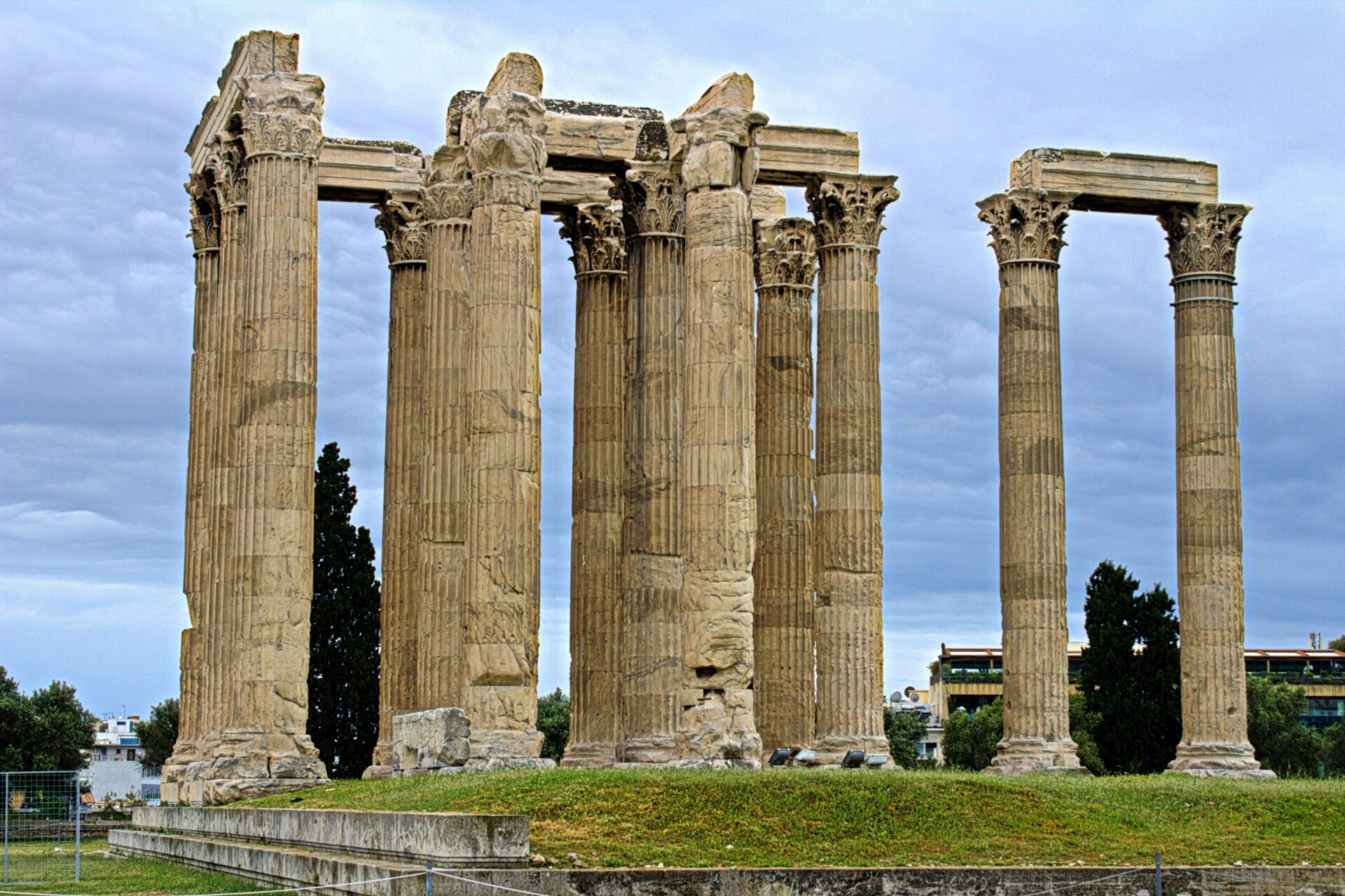
Masterpieces by Ancient Greek Artists
The museum bursts with works by artists who set the standard for Greek sculpture. Names like Paionios still ring out today.
The Nike by Paionios is impossible to forget. Her robes look like they’re actually flowing, even though it’s all stone, carved around 425 BCE.
The Greeks loved showing both action and stillness. Each marble or bronze piece captures tiny details—muscles, folds in a robe, a tilt of the head.
Artists here clearly took pride in showing gods, athletes, and heroes with both strength and grace. If you’re into art history, keep an eye out for signs that tell you which pieces are originals and which are later copies.
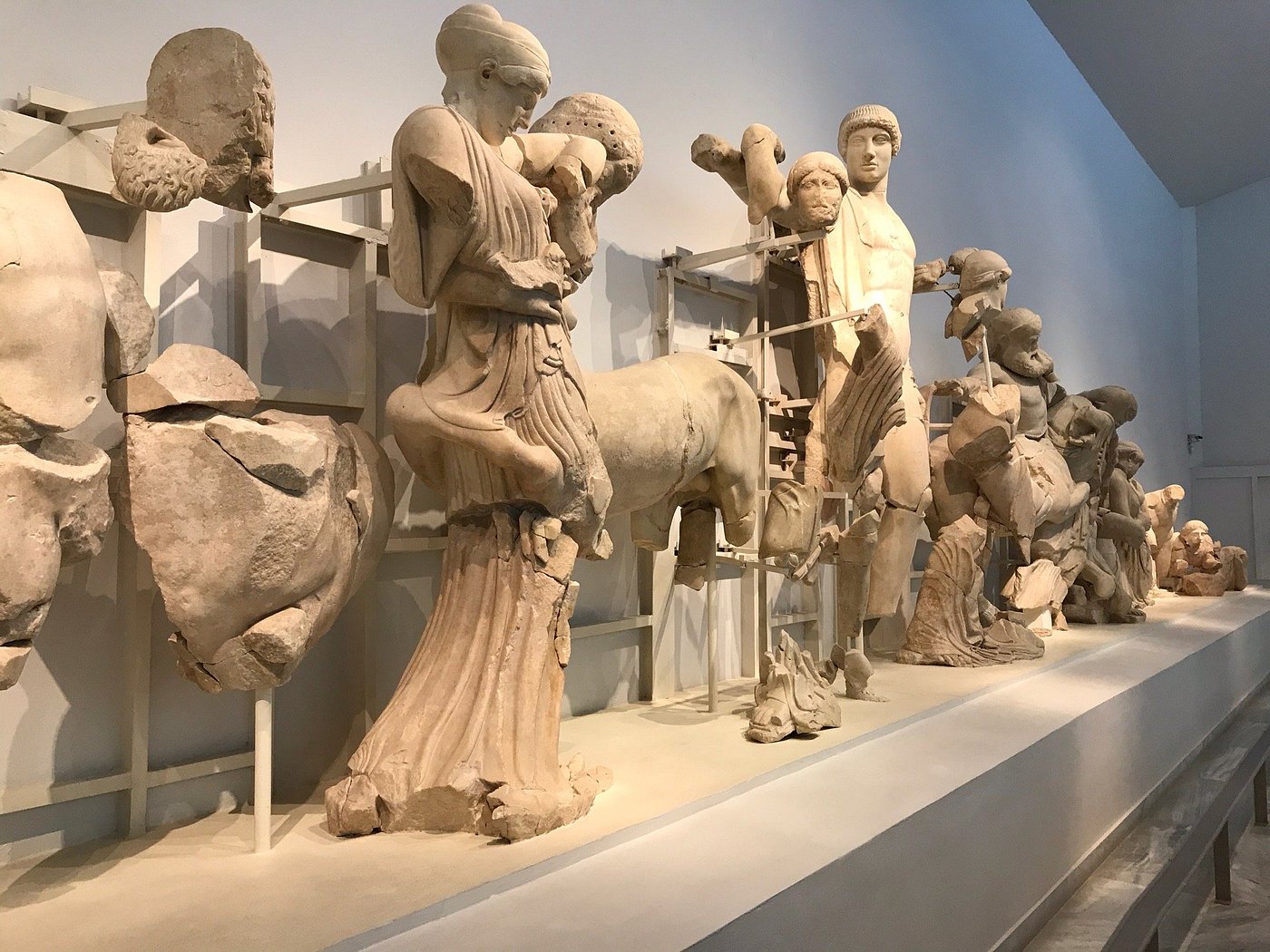
Reflections on the Chariot Race Frieze
The frieze showing the chariot race from mythology is one of the most exciting things in the museum. It came from the pediment of the Temple of Zeus and stretches across the room.
I looked closely and saw the tension in the horses, the focus in the charioteers’ faces, and even the agony of the losers. Apollo stands calm in the center, bringing order to the chaos.
The frieze isn’t just a story—it’s a window into the ancient Olympic Games. It helped me picture the real chariot races that happened just outside the museum.
The museum explains the myth behind the scene, so take a little time to read the displays.
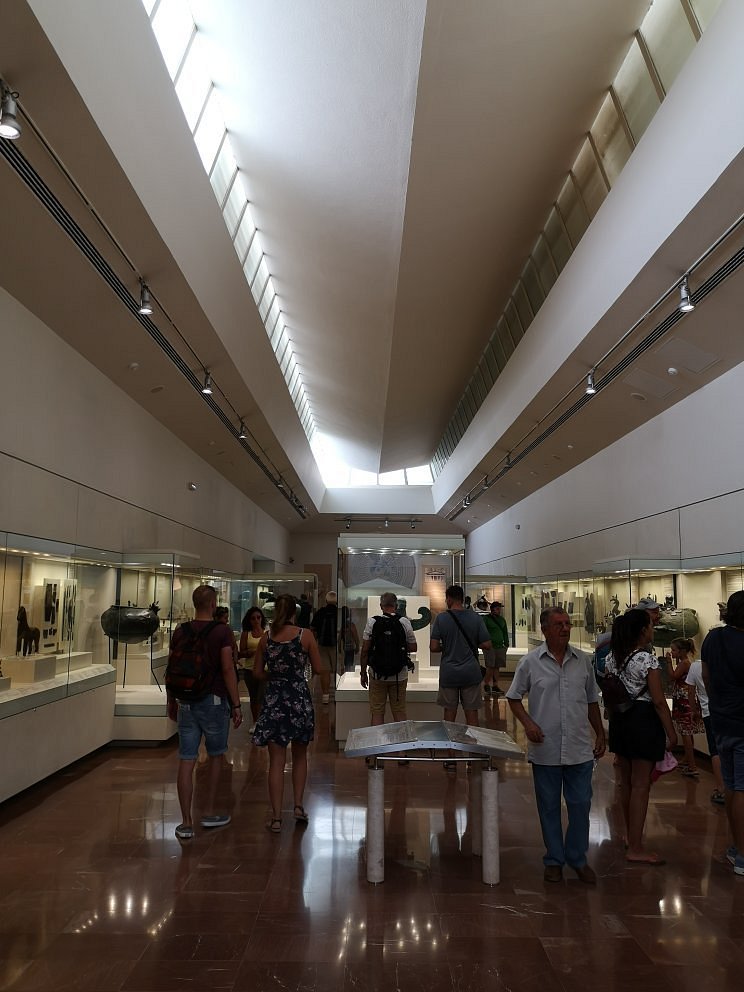
Encounter with the Hermes of Praxiteles
The Hermes of Praxiteles is the sculpture that left me speechless. They found it right near Olympia—a statue of Hermes holding baby Dionysos that somehow feels both lifelike and gentle.
At first, I honestly couldn’t believe it was over 2,000 years old. The marble looks so smooth, almost like real skin.
Every muscle, every curl in his hair, the gentle tilt of his head—it all feels natural. Praxiteles managed to show both the calm of Hermes and the innocence of Dionysos.
If you only have time for one statue, make it this one. You can walk almost all the way around it, so take your time and look at Hermes from every angle.
Quick tip: You can take photos, just skip the flash. Early mornings mean better light and fewer people—perfect for pictures or just soaking it all in.

Uncovering Mythology and Symbolism in the Galleries
As I wandered the Museum of Ancient Olympia, I found myself surrounded by powerful stories carved in stone and cast in bronze. Each gallery pulls you into a world where every statue and figurine tells a tale from Greek mythology.
Mythic Narratives in Marble and Bronze
These sculptures aren’t just pretty—they tell stories. I stopped in front of the big groups from the Temple of Zeus, showing moments like the chariot race between Pelops and Oinomaos.
The drama is right there in every muscle and every glance. Skilled sculptors built in details that reveal more than just action.
The way they placed the figures, their gestures, even what’s unfinished—it all hints at ancient values like honor, rivalry, and fate.
I found it fascinating how these statues once decorated temples, making myth part of daily worship. Each material tells its own story: marble feels solid and permanent, while bronze figures (though rarer) must have glimmered in the sun.
It’s a reminder—these myths mattered deeply to the people who saw these statues thousands of years ago.
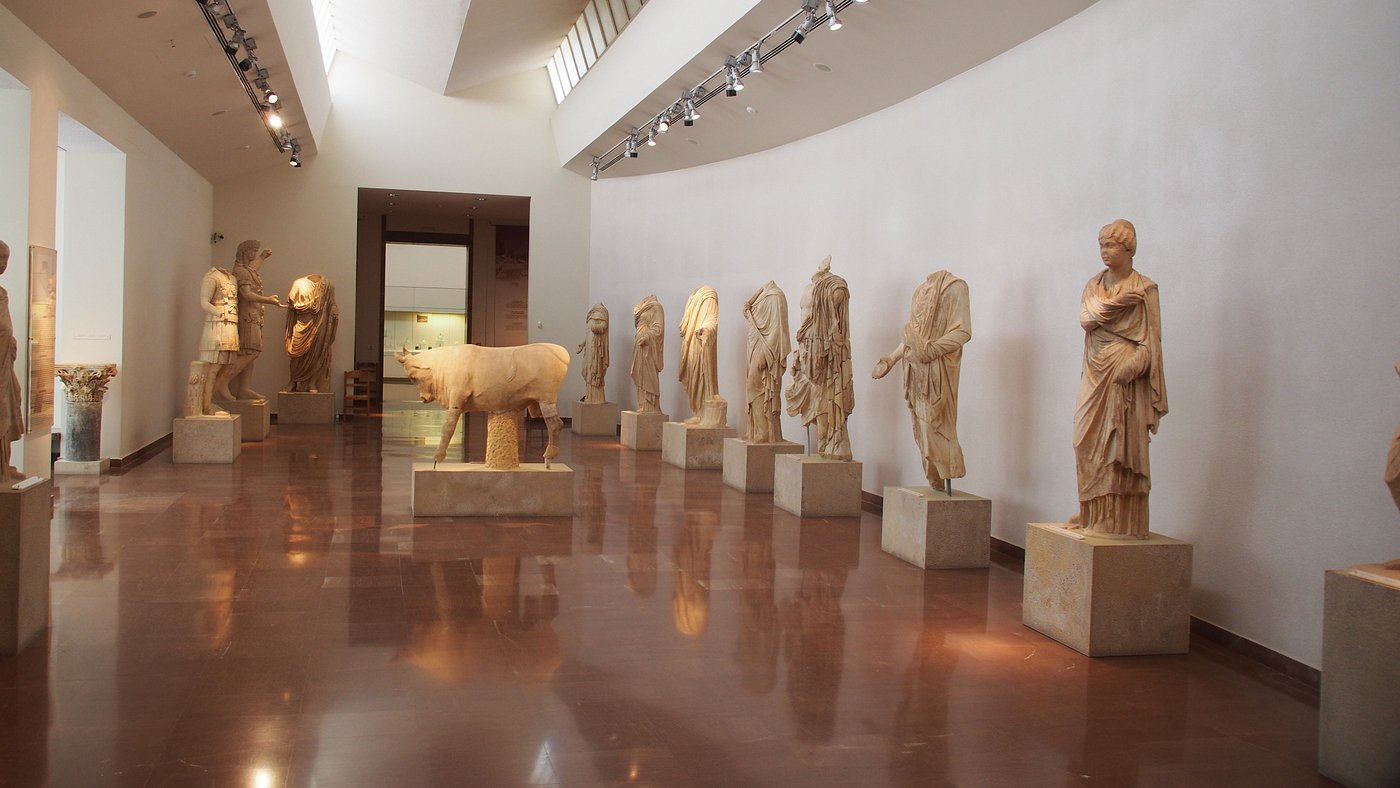
Spotting Herakles, Asclepius, and the Gods
Recognizing the gods and heroes in the museum turned into a fun kind of puzzle. One gallery had a striking figure of Herakles (or Hercules, if you prefer the Roman name).
I spotted him by the lion skin on his arm and that unmistakable, confident stare. His myths about strength and trials always stood out to me.
Then I found Asclepius (or Asklepios), the god of healing. He’s always got that staff with a snake curled around it—a symbol still tied to medicine today.
There are also statues and reliefs of Zeus and Hera, usually larger than life, showing off their power in stone.
If you like puzzles, bring a little notebook for sketches or jotting down symbols—picking out these ancient clues made the visit way more interactive.
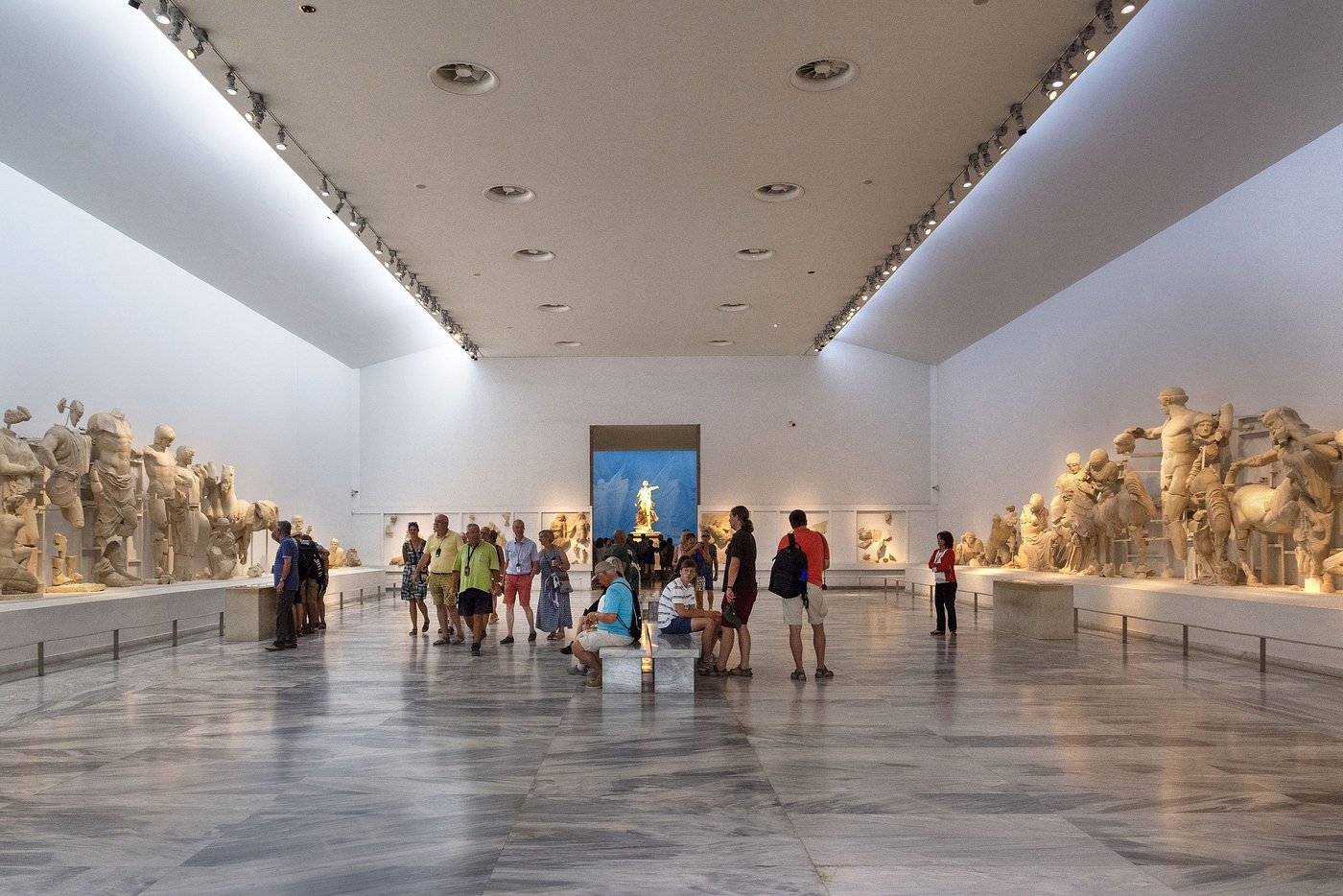
Figurines, Kouros, Kore and their Meanings
It’s not just the big sculptures that matter. I noticed delicate figurines in glass cases—some only a few inches tall.
Many were votive offerings left for the gods, hoping for a blessing or as a thank you.
The kouros (youthful male) and kore (young female) statues really caught my eye. Kouros figures usually stand straight with one foot forward, symbolizing ideals of male beauty and heroism.
Kore statues, in fine robes and soft smiles, show how girls and women were honored in religion and art.
Here’s a quick table of symbolism:
| Statue Type | Common Attributes | Symbolism |
|---|---|---|
| Kouros | Nude, athletic pose | Strength, youth, heroic ideals |
| Kore | Draped clothes, smile | Purity, grace, religious offering |
| Figurines | Various sizes, poses | Personal devotion, daily ritual objects |
Seeing these up close, I could almost picture ancient worshippers hoping for wisdom, health, or strength. It made the artifacts feel like much more than just museum pieces.
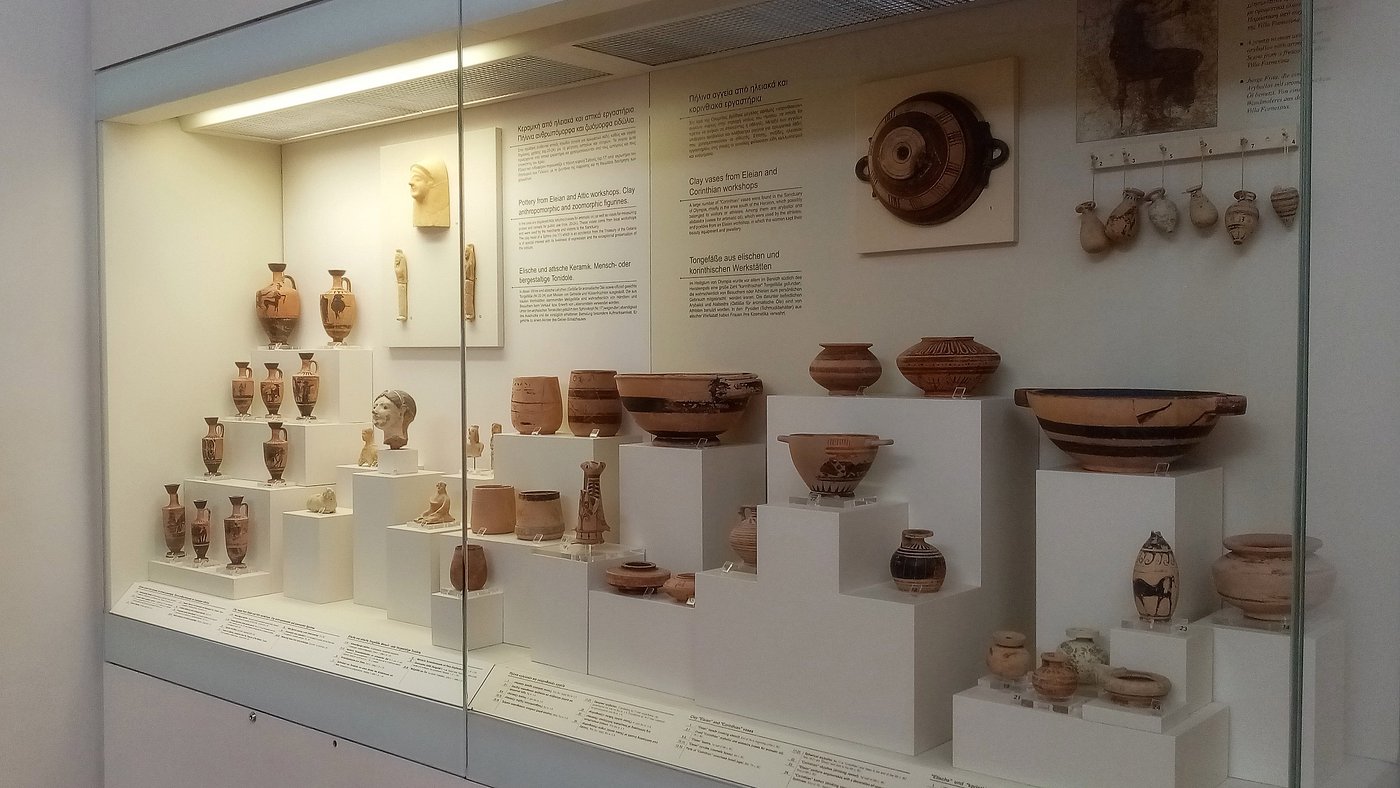
Artifacts That Connect Past to Present
Wandering through the museum, I kept getting pulled into glimpses of daily life from thousands of years ago. Every room is packed with objects that make the people of Ancient Greece feel less distant and more real.
Busts, Jewellery, and Everyday Elegance
One of the first things that grabbed me was a table of marble busts—faces that somehow still look familiar after centuries. I loved how these sculptures captured real expressions and hairstyles, not just idealized gods and heroes.
Nearby, glass cases of jewellery sparkled under the lights. There were delicate gold earrings, beads, and intricate necklaces that would honestly look great even today.
Bronze pins and rings hinted at personal stories, friendships, maybe even lost loves.
Here’s what stood out to me:
| Artifact | Material | Use/Significance |
|---|---|---|
| Marble Busts | Marble | Portraits of real individuals |
| Gold Earrings | Gold | Symbolized status and style |
| Bronze Pins | Bronze | Fastened clothing, decorative |
| Necklaces | Gold/Beads | Personal adornment, possible gifts |
It hit me—despite all our modern trends, the urge to decorate and express ourselves is timeless. Seeing these personal items up close made me feel oddly connected to people who lived so, so long ago.
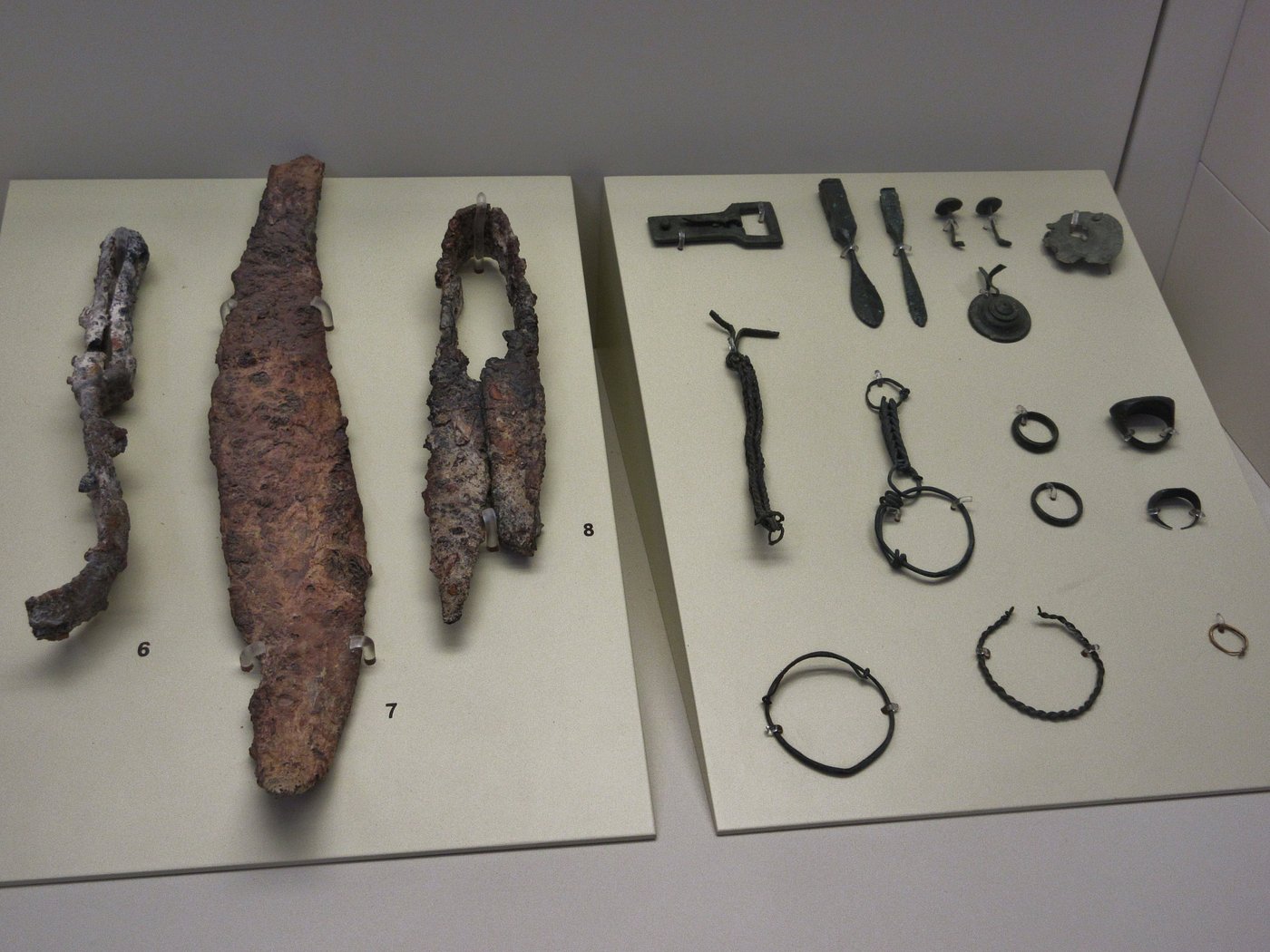
Pottery, Offerings, and Ritual Objects
The pottery collection pulled me deeper into everyday and spiritual life. Shelves held amphorae, cups, and bowls—each one painted with stories: athletes at play, gods feasting, families gathering.
Some pieces ended up in homes, while others became part of rituals at the nearby Temple of Zeus.
Offerings and ritual objects, like small figurines and carved plaques, showed how people tried to connect with the divine. Visitors brought these items to Olympia as gifts for the gods, hoping for luck during the games or maybe just some protection.
The variety really surprised me:
- Drinking cups with painted athletes
- Clay figurines of gods and animals
- Oil lamps lighting up prayers
Each object—some simple, some fancy—hinted at a single moment in an ancient life: a shared meal, a hope answered, or just a story passed on. Surrounded by these things, I kept picturing the hands that once held them and the lives they touched.
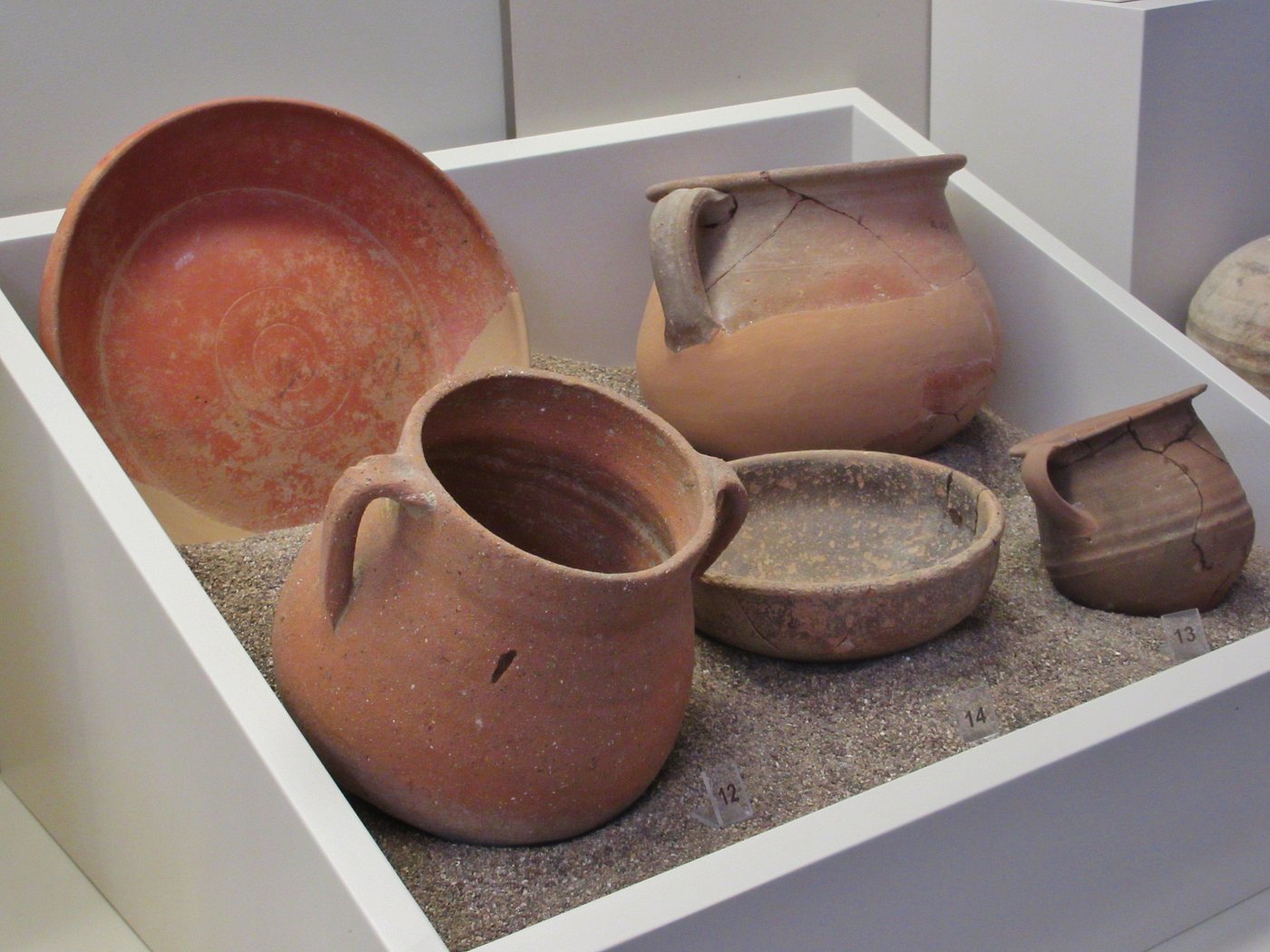
The Legacy of Art and Archaeology in Olympia
Walking through the Museum of Ancient Olympia, I couldn’t ignore the powerful connections between ancient creativity, history, and the world’s love of sports.
The artifacts and ruins here don’t just show what life was like; they show why Olympia still matters, both to Greece and beyond.
Influence of Ancient Olympia on the Olympic Games
Ancient Olympia gave birth to the Olympic Games. The museum buzzes with this legacy.
Every time I spotted a statue or a broken bit of an ancient athlete, I remembered that these games once brought people together from all over Greece.
Standing near displays of victors’ wreaths and marble reliefs, it finally clicked for me—these weren’t just sports competitions. They were events packed with religious and political meaning.
The Games honored Zeus, filling the whole area with both competition and ceremony.
Even now, the Olympic torch is lit in Olympia before every modern Games, keeping the old tradition going. Walking through these halls, I could see how the world’s biggest sports event grew out of spiritual, artistic, and civic traditions woven right into the ruins.
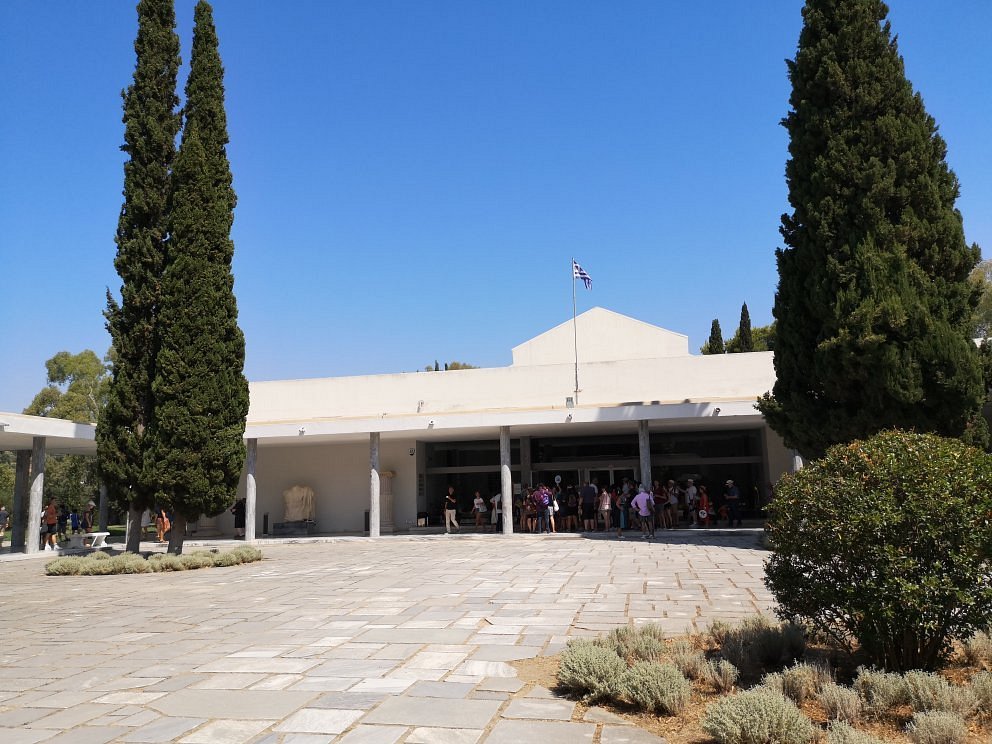
Olympia’s Place in the World of Archaeology
Olympia stands as one of Greece’s most studied and important archaeological sites. When I wandered from the museum to the ruins outside, I realized just how much people have discovered—and how much still hides underground.
Excavations have revealed temples, athletic training areas, and even tools that sculptors used 2,500 years ago.
What stood out to me was how the work here shaped not only Greek archaeology but also our whole understanding of ancient Mediterranean cultures.
Each artifact offers clues about life in the past—how people worshipped, competed, and made art. Watching workers restore fragments or researchers jot down notes, I felt like archaeology still lives here. It’s not just a thing of the past.
The site’s UNESCO World Heritage status keeps its history protected. As I explored, I saw visitors from all over, drawn to Olympia because these discoveries belong to everyone, not just Greece.
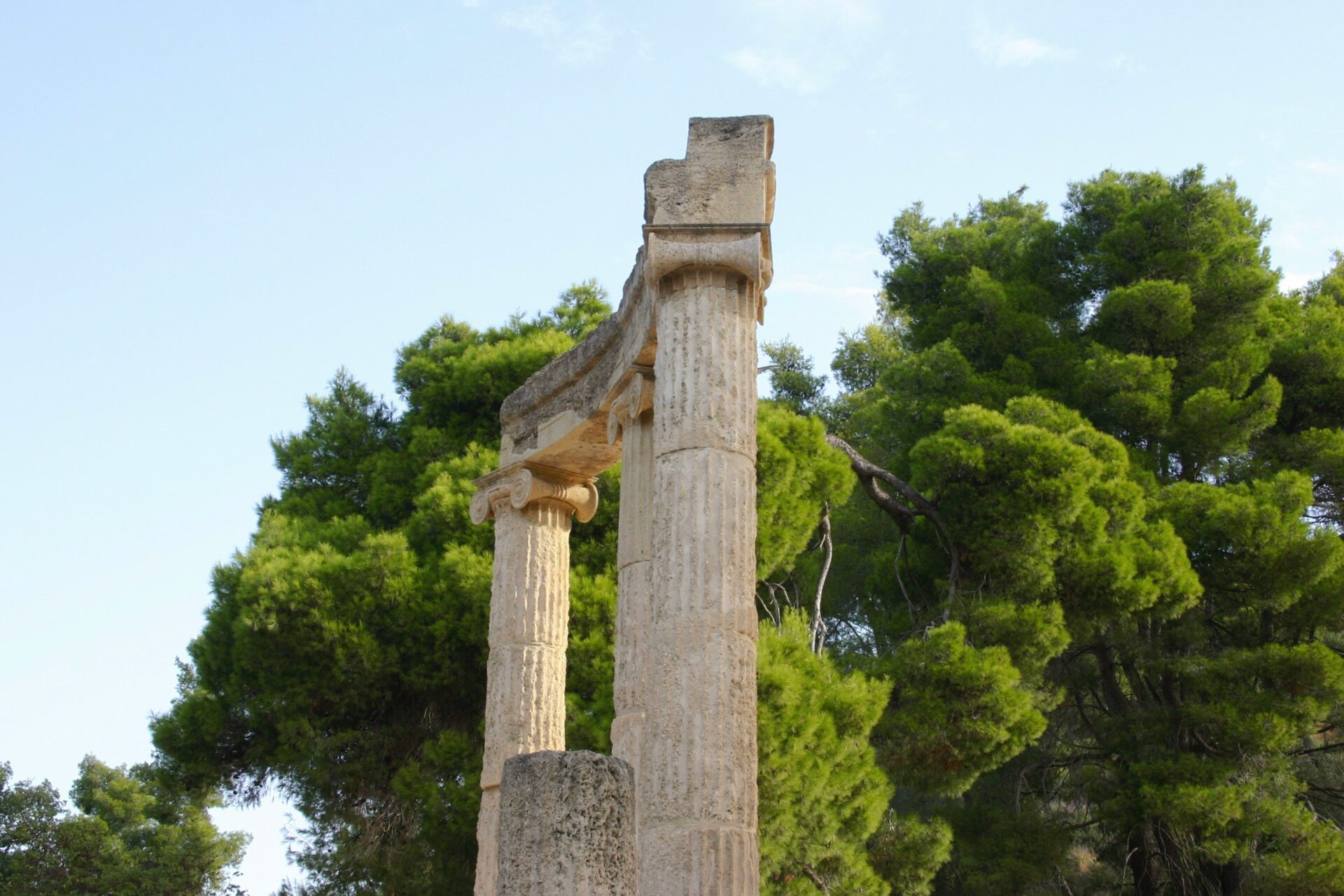
Comparing Museums: British Museum, Delphi, Athens, and Beyond
I’ve checked out some of the big museums—like the British Museum in London, the Archaeological Museum in Athens, and the one at Delphi. Each place has its own vibe, but honestly, standing in Olympia just hit differently.
The British Museum packs its cases with Greek marbles that feel a world away from Greece. In Olympia, though, the sculptures sit right where they belong, surrounded by that wild, ancient landscape.
I noticed the way the ruins and olive trees outside seem to echo the objects inside. That made everything feel a lot more real to me.
Sure, the Acropolis Museum in Athens and the museum at Delphi both highlight amazing Greek art. But Olympia’s collection? It’s all about athletics, religion, and the stuff people actually did every day.
Here’s a quick table that shows what stood out to me:
| Museum | Best For | Unique Feature |
|---|---|---|
| Olympia Museum | Athletics, local context | Original Olympic site, athlete statues |
| British Museum | Major highlights | Parthenon Marbles, global collection |
| Athens Archaeological | Greek history, sculptures | Across eras, masterpieces |
| Delphi | Oracles, sanctuary art | Charioteer, oracle artifacts |
Up close, these differences really gave me a new appreciation for Olympia. If you’re after a direct connection between ancient art and the place it came from, Olympia just feels more alive.

